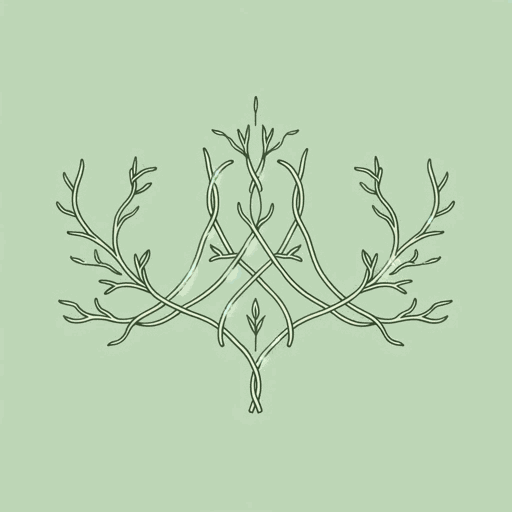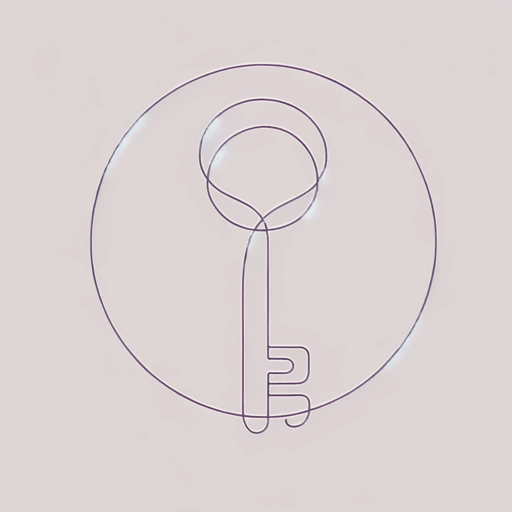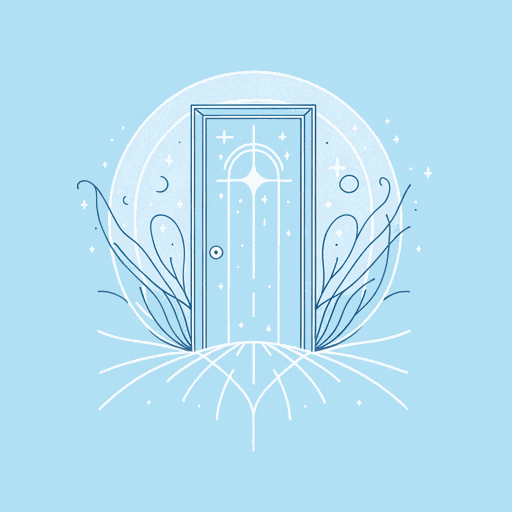48 pages • 1 hour read
Alix E. HarrowThe Once and Future Witches
Fiction | Novel | Adult | Published in 2020A modern alternative to SparkNotes and CliffsNotes, SuperSummary offers high-quality Study Guides with detailed chapter summaries and analysis of major themes, characters, and more.
Symbols & Motifs
Alternative Fairy Tales
The fairy tales mentioned in The Once and Future Witches are a distinct departure from the versions that most children have learned. These alternative stories are a recurring motif that serves to emphasize the theme of secret communication required to further women’s resistance to male authority. Conventional fairy tales in real Western culture often reinforce patriarchal values and social structures: All witches are evil, and mothers die conveniently in childbirth before the story begins. All stepmothers are malicious and usually pose a threat to the hero. All princesses are beautiful and passive, waiting to be awakened with a kiss or rescued from some dire plight. Although many traditional fairy tales were recorded or sanitized by men like Charles Perrault, Harrow returns fairy tales to the domestic sphere from which they arose: tales told among villagers or mothers and their children. Harrow gives authorship of fairy tales to the Sisters Grimm rather than the Brothers Grimm. The witches in her version of the stories are ambiguous characters and frequently assist a heroine who hasn’t been deprived of her own agency to resolve the story. These harmless mythical tales contain the coded information needed to resurrect magic in the world.
Aside from performing this function, the tales also serve to mirror the mental state of the novel’s protagonists.
Related Titles
By Alix E. Harrow
Featured Collections
Brothers & Sisters
View Collection
Challenging Authority
View Collection
Fantasy
View Collection
Fate
View Collection
Fear
View Collection
Good & Evil
View Collection
Historical Fiction
View Collection
LGBTQ Literature
View Collection
Loyalty & Betrayal
View Collection
Power
View Collection
Safety & Danger
View Collection
The Best of "Best Book" Lists
View Collection
Valentine's Day Reads: The Theme of Love
View Collection



